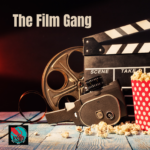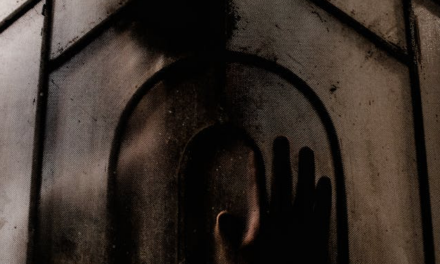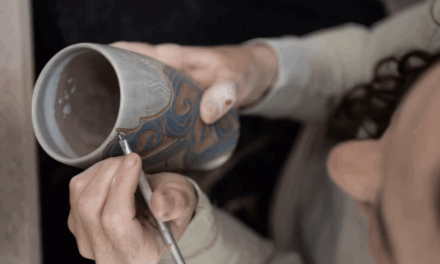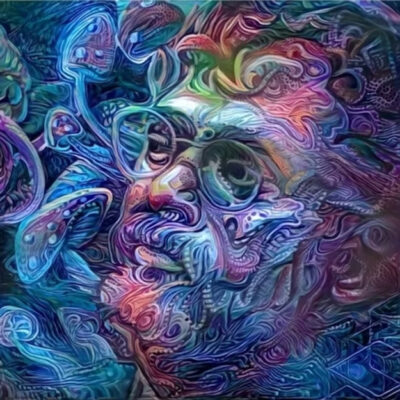
A simple story of love and love lost becomes a feminist polemic and a meditation on the sensuality of seeing, and being seen, in the new French film by writer/director Céline Sciamma, Portrait of a Lady on Fire. It’s the late 1800’s, and Marianne, an art instructor, is modeling for her class of aspiring female artists. An alluring painting in the back of the classroom, depicting a woman walking at night with the hem of her dress on fire, catches the eye of one of her students. “What is the title?” she asks. Marianne replies, “It’s called ‘Portrait of a Lady on Fire.’”
Flashback to several years prior, and the tale of the painting’s origin begins to unfurl. Marianne, played with quiet reserve and determination by Noémie Merlant, arrives by boat to an island in Brittany. She’s been hired by an elderly aristocrat to paint a portrait of her daughter, Héloïse, played by the beguiling Adéle Haenel. Plans are in place for Héloïse to be wed to a man from Milan whom she has never seen. Marianne’s portrait is intended for the prospective suitor who wants to see what Héloïse looks like before he fully commits.
Marianne’s study of Héloïse’s face soon becomes an exercise in intimacy. She begins to decipher the emotions behind subtle changes of expression, such as the way Héloïse bites her lip whenever she feels embarrassed. Marianne’s job to produce a mere likeness of Héloïse quickly transitions into an obsession to capture her essence, and her painting becomes demonstrative of truly seeing the woman she’s falling in love with. The more she studies Héloïse, the better the painting, but also the more likely she’s dooming her to marrying a total stranger. By setting up this tragic dilemma, Sciamma cleverly draws parallels between the fate of Marianne and Héloïse and the Greek myth of Orpheus and Eurydice.
It is self-evident Sciamma is concerned with gender politics. The Orpheus analogy becomes an indictment of arranged marriages. The oppression of women is addressed when Héloïse asks Marianne if she paints men, only to find out that the patriarchy prohibits her, effectively undermining her chance of gaining the same recognition as her male counterparts. And in one scene, a group of women secretly convene a nighttime gathering around a raging bonfire to share everything from time-altering herbs to archaic abortion techniques, emphasizing the importance of sisterhood. But Portrait of a Lady on Fire never oversteps into agitprop.
Thanks in large part to the gorgeous cinematography, Portrait of a Lady on Fire manages to convey the seductive, voyeuristic pleasures of simply observing. But it’s always artful and never tawdry. Lingering close-ups of Marianne and Héloïse allow us to contemplate the je ne sais quoi of faces radiant with natural beauty. In contrast to a film like 2013’s Blue is the Warmest Color, there is no exploitative nudity, no male gaze or overt sexuality. And yet there’s rarely a moment that’s not subtly charged with eroticism. Even at the very instant that Héloïse and Marianne first lock eyes on one another, they’re both literally panting. Though their heavy breathing isn’t objectively sexual, it’s an unmistakable allusion to physical arousal and latent passion. And fire.
For KSQD’s Film Gang, this is Paul Kanieski












